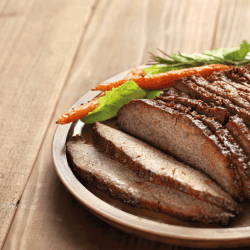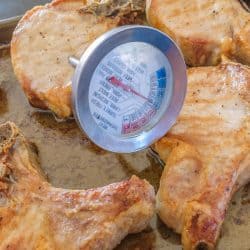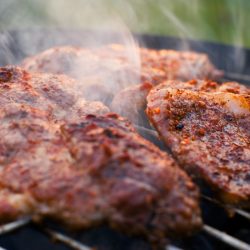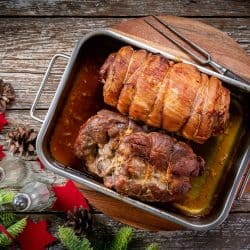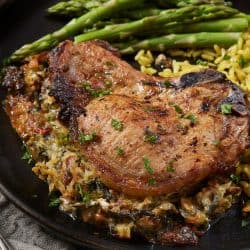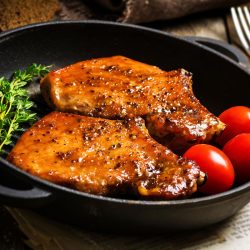Pork chops, spareribs, or ham are mouth-watering meats. Beginners might feel intimidated by sophisticated culinary words. A simple question, such as whether pork should be covered when roasting, might be overwhelming. Fear not, we've asked experts, and they gave us simple and comprehensive answers.
You can cover pork when roasting it, depending on the part you are cooking. Don't cover fatty pork joints to avoid them becoming chewy and soft. Other joints need to be covered to keep them moist and avoid too much darkening.
Experienced cooks have several recipes and tricks to prepare all kinds of meats. Read on as we reveal some of them to help you make the best roast pork ever!
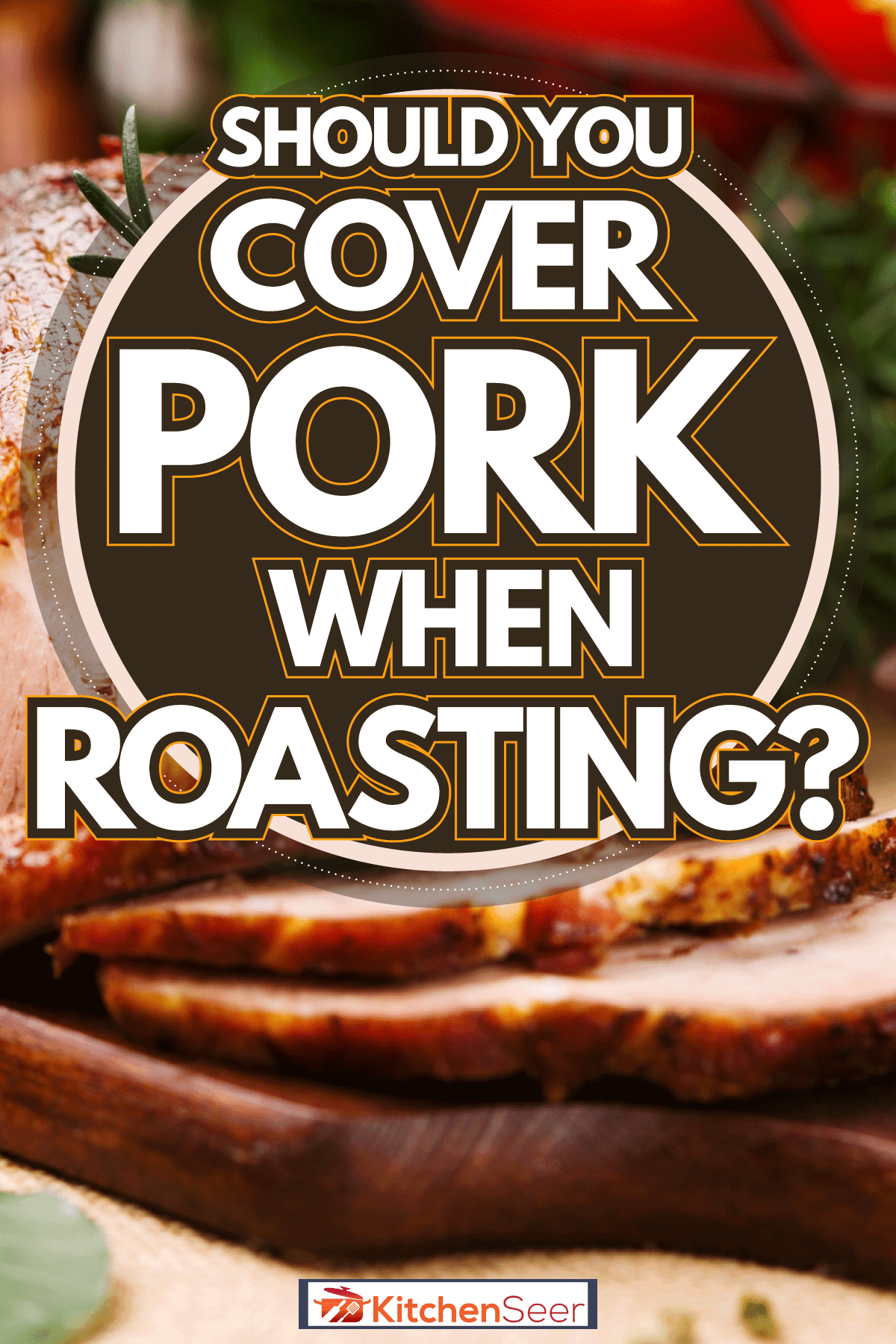
Roasting Pork: To Cover Or Not To Cover
Before matters become complicated, identify the piece of pork in your hands. A fatty chunk of pork needs to be handled differently from a lean one.
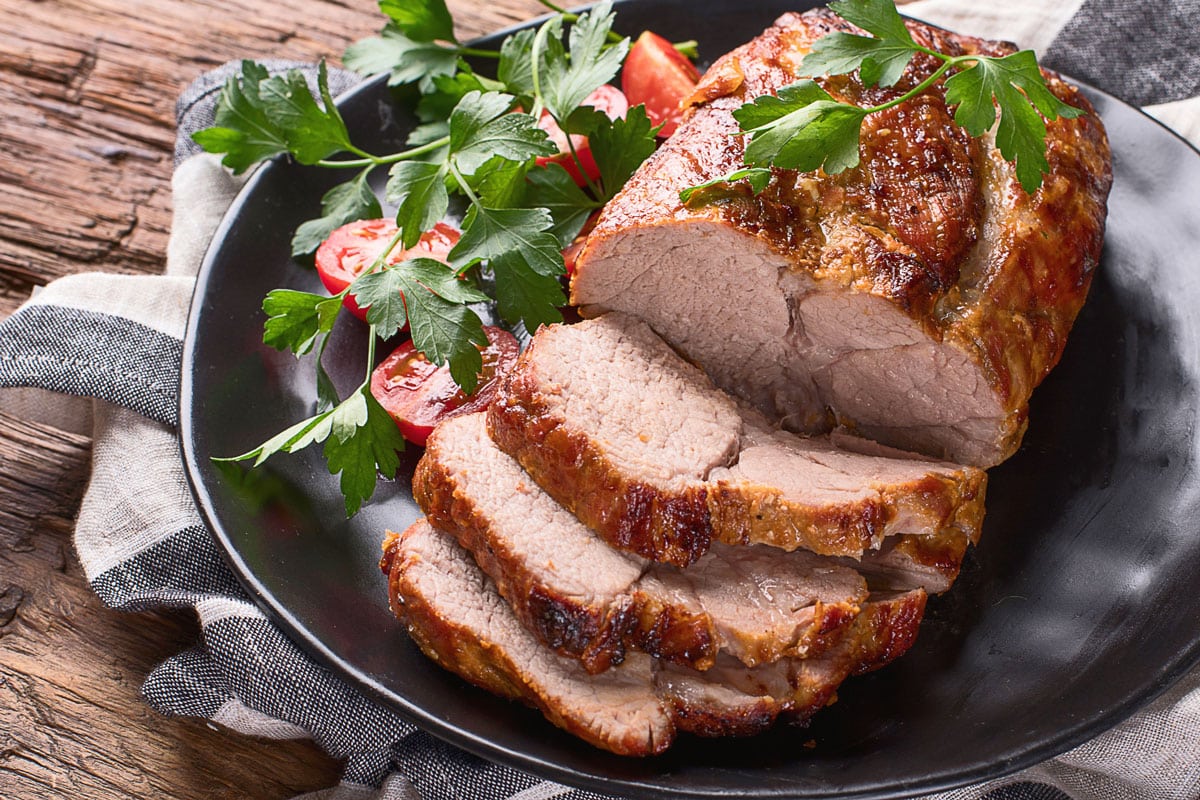
You might wonder whether there are any lean parts in a pig. Of course, there are! However, the leaner the pork, the tougher it is.
How To Roast Pork
The part of pork you roast will determine the results. Pork roast meat can have a bone, or it can be boneless. The ideal pork roast should be crispy on the outside and succulent on the inside.
To make a simple pork roast, do the following:
- Get a chuck of pork with good fat on it. You can purchase it at the supermarket in a vacuum pack or fresh from the butcher.
- Pat the pork dry with paper towels. Ensure that no moisture is left on the meat.
- Make cuts on the fatty sides (with or without skin) deep enough for the salt to penetrate. Season the meaty part of the pork roast as preferred. You can purchase seasoning or make your combination.
- Let the meat rest while preheating the oven. Ensure that your oven is preheated to 450 degrees Fahrenheit.
- Use a roasting pan with a rack. Place inside the oven for 20 to 25 minutes. Do not cover the meat.
- Reduce the heat and cook it further for 20 to 30 minutes. The temperature should be about 325 degrees Fahrenheit (160 degrees Celsius). The internal temperature of the meat should be 68 to 71 degrees Fahrenheit.
- Finally, remove the meat from the oven. Cover the roast loosely to let the juices sink in. Don't cover the roast for more than 15 minutes.
You now have a perfect pork roast. It should be crispy on the outside and tender on the inside.
Here's a video from experienced cooks on the perfect pork roast.
Why You Should Not Cover Pork When Roasting
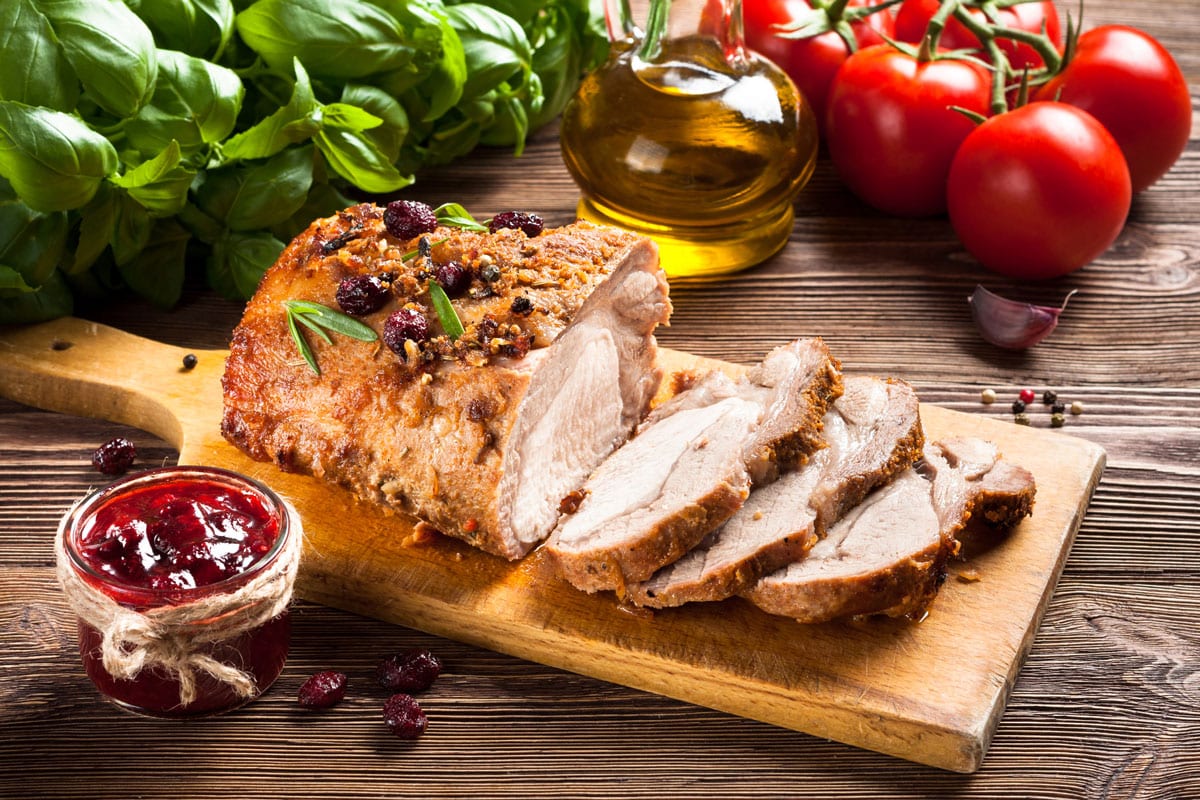
Cooking is a science, and experts ensure that they follow cooking recipes to the letter. Newbies should understand their meats and how they are affected by heat.
Pork meat for roasting has skin left on it to create the crackling effect. It should be left uncovered when roasting to let it dry out thoroughly. If the pork roast with skin is covered, it will turn soggy and chewy.
Remember, you are not going for a chewy soggy pork roast but a crunchy one. Sometimes your pork roast might not have the skin but only fat. You'll still get the same result when you sear it during cooking.
Cooking Tips For Pork
Pork is very versatile, and there are some tips you should know when preparing it. There's no singular rule for all parts when cooking.
Experienced cooks always have a few tips and tricks that exemplify their dishes. You can also have a few tricks up your sleeve to surprise family and friends at the next gathering.
- Pork should be dry before you put it in the oven or grill. Air-drying is the preferred method.
- Different sizes of meat cook at different speeds. Therefore, don't use the same temperature for both sirloins and pork chops if they are of different thicknesses.
- Invest in a good cooking thermometer. You'll always get the correct temperature to cook your meats properly.
Check out this cooking thermometer on Amazon
- Avoid piercing your meats to avoid them releasing all juices and running dry.
- Choose a convenient method of cooking. Grilling, steaming, slow cooking, stirfry, etc., all need different meat preparations and cooking times.
- Let cooked meat rest for at least 15 minutes to release more juices and become succulent.
- Pork is well cooked when its juices run clear with no traces of blood.
How To Coat Pork Roast
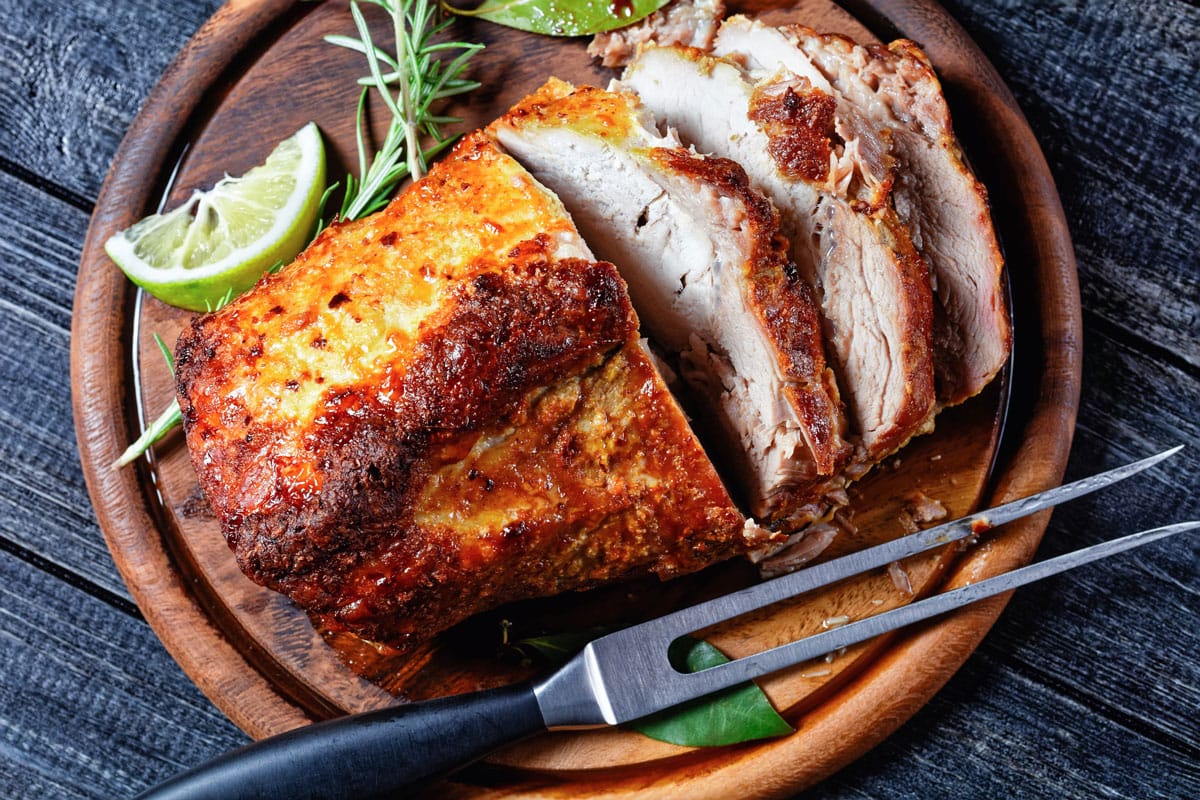
If your meat doesn't have a layer of skin or lots of fat covering it, you could use alternative methods to coat it. The purpose of coating the meat is to stop it from drying out in the oven.
Spice Rub
Lean chunks of meat don't have the required fat amount to keep it moist throughout the cooking process. However, you could rub your chunk in spices and place it in a covered Dutch oven. Uncover the pork when it is almost cooked and let it dry out for a few minutes in the oven.
Fruit Coat
Besides being a delicious option for your meat to soak in lemon, apple, pineapple, or orange juices, the pork doesn't dry out. A layer of cut fruits will cover the pork and keep in all the moisture while it's in the oven.
How Long Does It Take To Roast Pork
Time is of the essence when you are preparing any meal. The rule of thumb is that a pound of pork loin will take 25 minutes to cook at 350 degrees Fahrenheit. The internal temperature of the meat should be 60-63 degrees Fahrenheit.
There are recommended cooking times for different cuts of pork. The National Pork Board has also allocated cooking times for all techniques.
The exact cooking times and temperatures ensure that your pork is thoroughly cooked before it gets to your table.
The Best Pork Cuts For Roasting
Unless you are a butcher, you might not know which cuts of pork are perfect for roasting. Pork loin, leg, and belly are the best pork cuts for roasting.
They are covered in healthy fats that keep the meat moist and tender during roasting.
Look at the following chart to know which part you should buy for roasting at the next family event.
Health Benefits Of Pork
Eating healthy is the only way to live healthily. Each type of meat has its health benefits which you should know. When you include pork in your diet, you should know its nutritional value.
Look no further for vitamin and mineral-packed meat. Phosphorous, zinc, and Vitamin B12 are just a few of what you'll find in pork. Pork is also a source of high protein and helps maintain muscle mass.
Simple Pork Roast Recipe
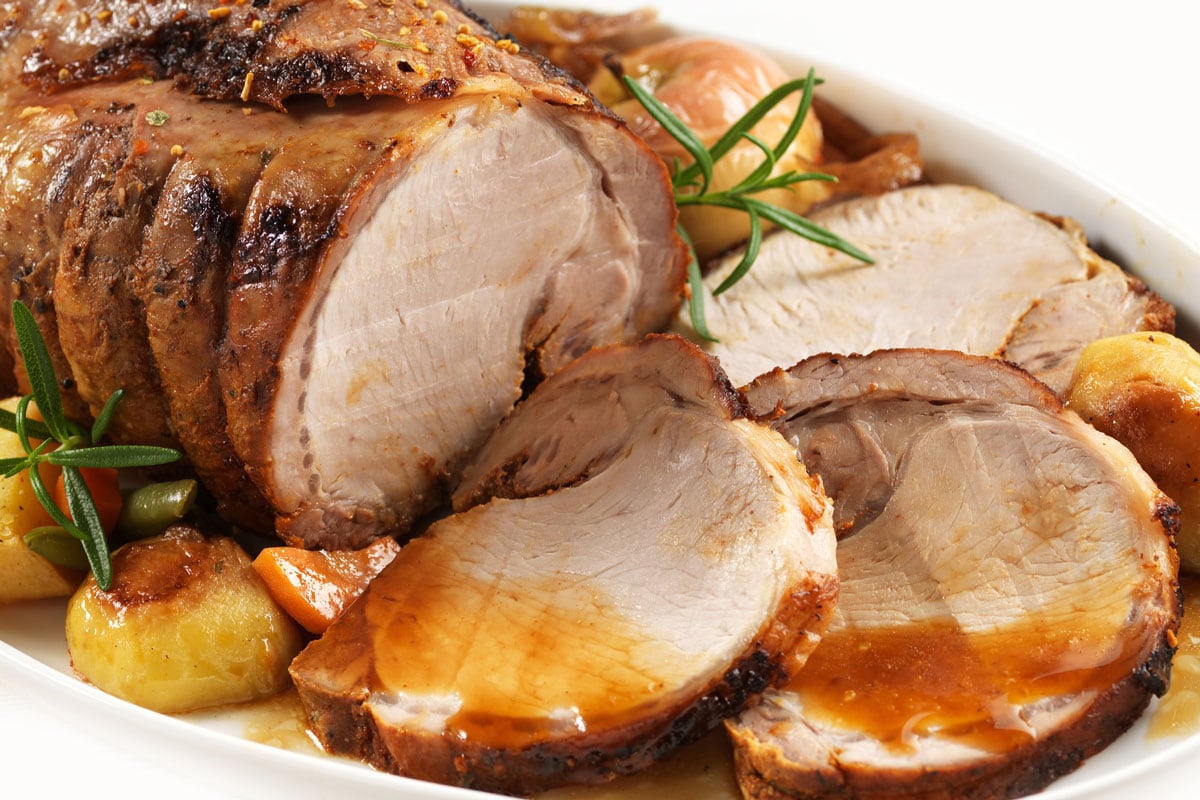
There are millions of pork roast recipes out there. It makes it hard for beginners to pick the perfect one. Here is a simple pork roast recipe that will help you build confidence in the kitchen.
Ingredients
To prepare a boneless pork shoulder of 3 lbs, you will need:
- Oil (olive or avocado oil)
- Kosher salt and black pepper mixture
- Spices- garlic powder, dried thyme, dried sage, and paprika
Preparation
Let's get to the nitty-gritty of the cooking!
- Pat dry the pork and air dry it for about 10 minutes.
- Mix all spices and salt and rub them on the meat.
- Spray the covered meat with enough oil.
- Preheat the oven to 425 degrees Fahrenheit and cook the pork for 15 minutes.
- Lower the temperature to 375 degrees Fahrenheit and cook for another 75 minutes.
- The internal meat temperature should be 175 degrees Fahrenheit for the meat to be well done.
- Let the pork roast rest for 10-20 minutes for the juices to redistribute.
How To Store Pork Roast Leftovers
After a lovely dinner, you might have some leftover pork roast. So, you will need to store it well to prolong its shelf life.
Store the leftovers in airtight containers or Ziploc bags, or wrap them in heavy-duty foil. Place the wrapping in the refrigerator. The cooked pork roast may last for three to four days in the fridge.
Have a look at this food container on Amazon
To Wrap It Up
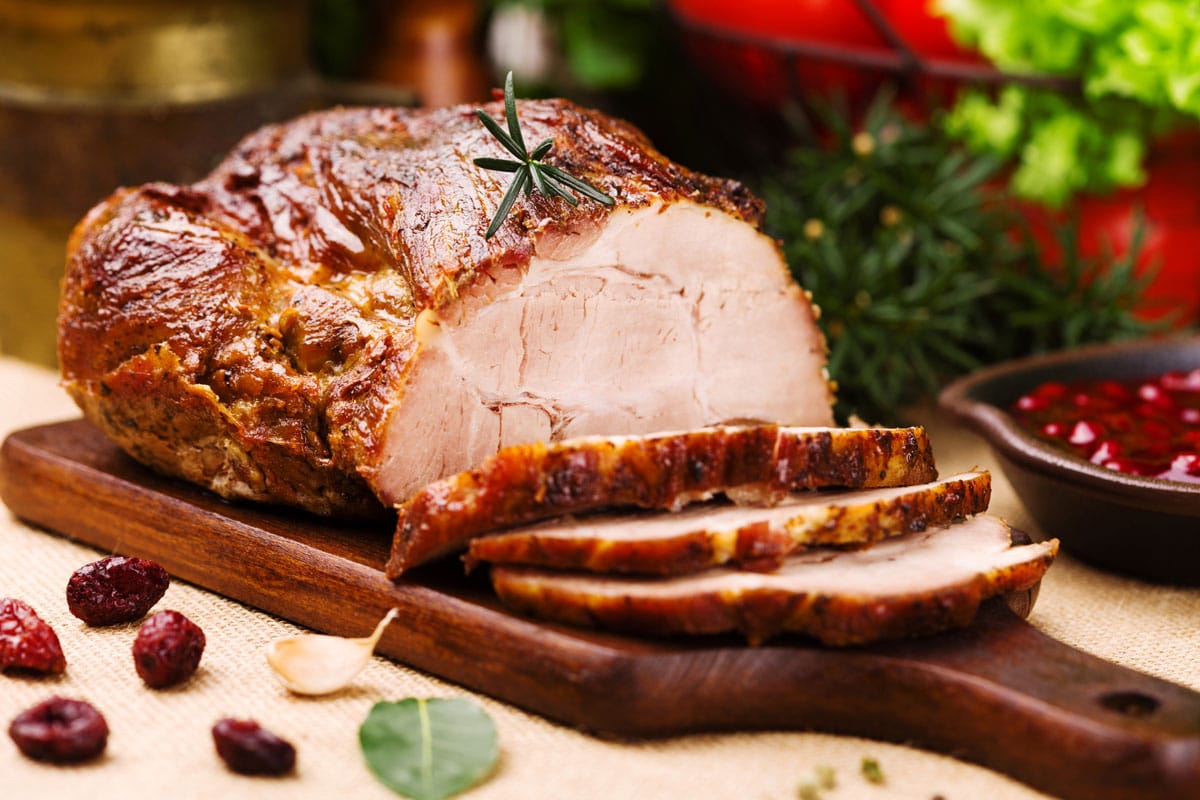
Pork roast is famous for its crackle. Skinless pork roast can still have a crunchy browning outside and a tender inside. Do not cover the pork roast to achieve this crunchiness.
The fat on the meat covers it. Otherwise, you'll get chewy, gummy pork skin when it's covered. However, parts with little to no fat can be covered to avoid drying out.
Get some more information and tips from these posts:
At What Temperature To Bake Ribs?



